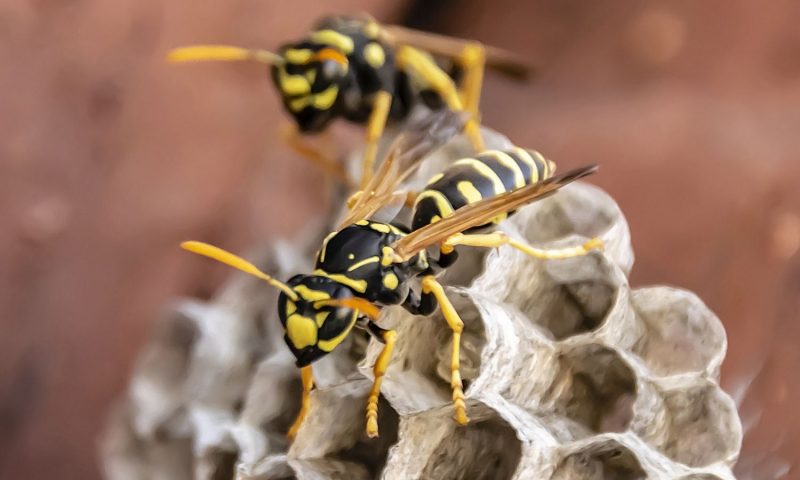Are you susceptible to environmental allergies? These are the insects you should look out for to prevent uncomfortable allergic reactions.
Indoors and outdoors, we’re forced to coexist with scores of insects each day. While most of them are harmless, certain insects that cause allergic reactions which can cause moderate to severe discomfort. Knowing which to look to for could help you avoid triggering your allergies.
Cockroaches
The old joke is that only the cockroaches will survive a nuclear war. Indeed, these insects are resilient—they can survive temperature shifts, lack of food, and yes, even some radiation exposure. They’re also among the most pernicious pests you can find in your home. The cockroach’s body, saliva, and droppings all contain a protein that puts most people’s immune systems on high alert. This protein triggers asthma attacks and allergic rhinitis. What’s more, their large bodies can carry even smaller pathogens, such as bacteria and viruses. Traps and sprays are available to neutralize most cockroaches, though certain subspecies have developed a distaste for sugary traps.
Dust Mites
The dust mite is slightly out of place on this list for two reasons. First, the dust mite technically isn’t an insect but rather an arachnid—a close cousin of the spider, the tick, and the scorpion. Unlike true insects, arachnids all have eight jointed legs. Furthermore, unlike the cockroach, it’s not the dust mite itself that causes reactions but rather its waste, which contains enzymes and proteins the human body mistakes for invaders. To deal with dust mites and their droppings, wash your bedding regularly, vacuum floors and dusty surfaces, and keep the humidity down.
Bed Bugs
You really don’t want to let them bite. Much like mosquitoes, bed bugs feast upon human blood. However, while mosquitoes are notorious for carrying dangerous diseases such as malaria or the West Nile virus, bed bugs don’t propagate disease the same way. Nonetheless, enzymes in their saliva often cause allergic reactions in victims, leading to inflammation and red welts where the person got bitten. Deal with bed bugs as you would dust mites: frequently launder and vacuum the warm and soft places where they may reside. Ultimately, you may need to treat the root cause of the infestation by contacting a pest-control professional.
Stinging Insects
Though quite different species, bees and wasps are two stinging insects that cause allergic reactions through their venom. When venom causes an allergic reaction, it’s more severe than the allergic rhinitis or inflammation that occurs from most common insects. These stings can cause a condition known as anaphylaxis, which can make breathing or swallowing extremely difficult. This calls for immediate medical intervention.
